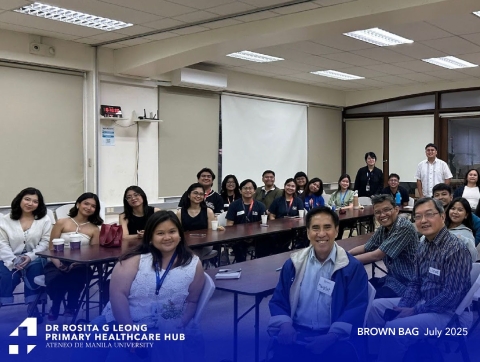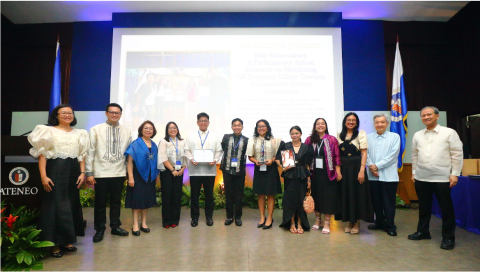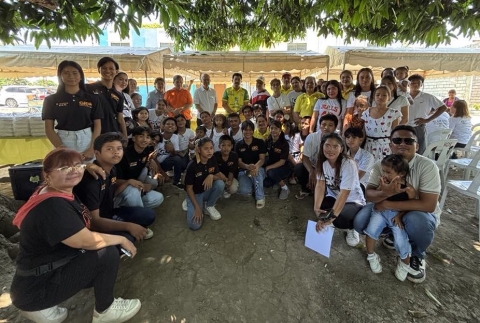New ASOG study highlights regulatory gaps in flavored e-cigarettes, heated tobacco products, and nicotine pouches in the Philippines
25 Feb 2025
The Tobacco Control and Governance team of Ateneo School of Government through the Ateneo Policy Center recently published a study entitled “Examining the flavor descriptors of e-cigarettes, heated tobacco products, and nicotine pouches in the Philippines: Regulatory challenges and opportunities” in the international peer-reviewed journal PLOS Global Public Health.
This study examines the flavor descriptors of e-cigarettes, heated tobacco products (HTPs), and nicotine pouches in the Philippines, highlighting key regulatory challenges and opportunities under Republic Act 11900, also known as the Vape Law. As these products continue to rise in popularity due to their social appeal, perceived novelty, and ever-evolving flavors, their regulation remains a pressing public health concern.
The authors analyzed 278 e-cigarette, HTP, and nicotine pouch products available in the Philippine market. The study identified 11 categories of flavor descriptors, including colors (18.08%), fruits (15.07%), codes or acronym-like descriptors (13.70%), concept descriptors (12.05%), menthol (10.96%), beverages (9.86%), sweet (8.22%), miscellaneous (5.48%), pop culture (3.56%), tobacco (2.47%), and nuts (0.55%). Additionally, the study examined flavor imagery, marketing tactics, and promotional strategies used to attract consumers.
The findings underscore the urgent need for stronger regulations, including a potential ban on appealing flavors, descriptors, and imagery. Furthermore, the study recommends streamlining existing policies, increasing taxation, and implementing plain packaging to reduce the marketing appeal of these products, thereby enhancing tobacco control and prevention efforts in the country.
This research builds on previous work by the Institute for Global Tobacco Control, providing an updated landscape of flavored e-cigarettes, HTPs, and nicotine pouches in the Philippines and offering policy recommendations to mitigate their public health impact.
View the full paper here: https://doi.org/10.1371/journal.pgph.0004248





